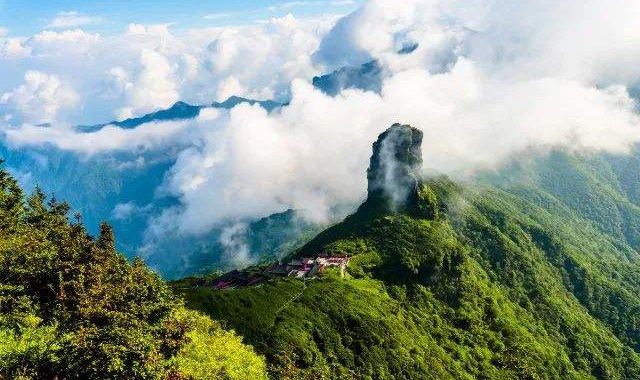World Cultural Heritage in China
5 min readThe United Nations Educationa1, Scientific and Cultural Organization(UNESC0) seeks to encourage the identification, protection and preservation of cultural and natural heritage around the world considered to be of outstanding value to humanity. This is embodied in an international treaty called the Convention concerning the Protection of the World Cultural and Watural Heritage, adopted by UNESCO in 1972. Cultural heritage refers to monuments, groups of buildings and sites with historical, aesthetic, archaeological, scientific, ethnological or anthropological value.
China now has 29 cultural sites inscribed on the World Heritage List, among which are the Great Wall, the Palace lMuseum and others.
The Great Wall
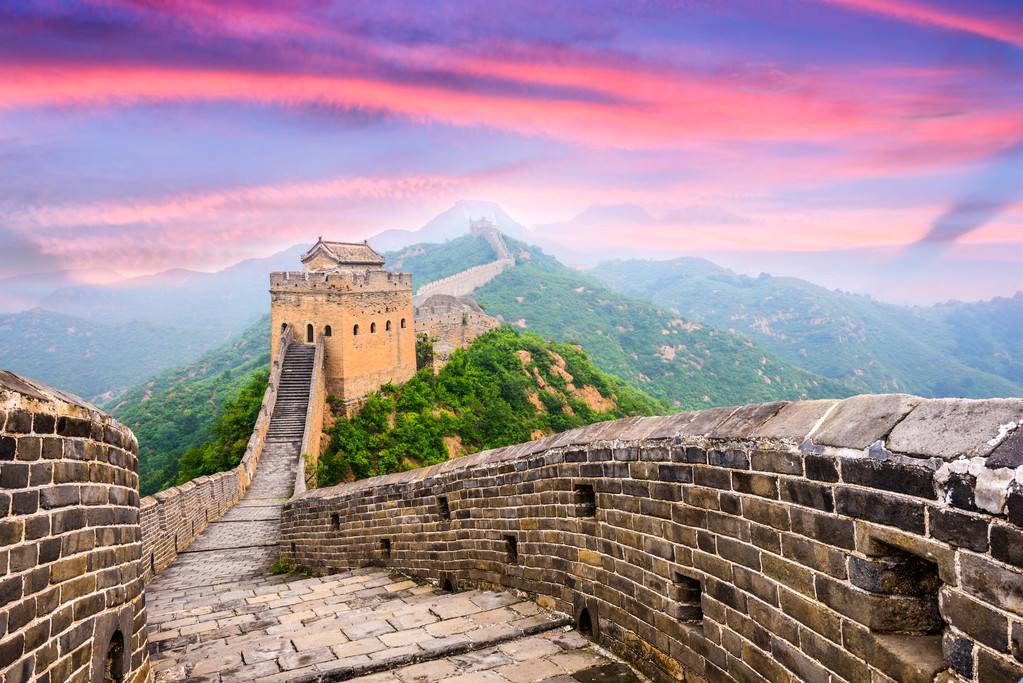
Listed as World Cultural Heritage by UNESCO in 1987, the Great Wall is a wonder not only to China but also to the whole world. Unlike other Natural and Cultural Heritage Sites, the Great Wall embraces such broad dimensions that nothing else can be compared with it. It runs across Northern China from east to west, providing protection to agricultural civilization and ancient trading routes. The wall was built with different aterials denending on its location and position on the =18ng The beacon towers were used specifically for transmitting military messages. It is said that wolf excrement was added to the fuel so the smoke was very thick and could be seen from afar. By this method a message could be transmitted more than 500 kilometers within several hours.
The Great Wall in the Qin dynasty was built by 300,000 soldiers.It took them 9 years to complete the construction.Without modern machinery and easy transportation,construction was very difficult.It is said that the labor involved in building the Great Wall would have been adequate to build 30 Egyptian pyramids.
The Palace Museum also naned the lperial Palace of the ing and Qing dynasties,or the Forbidden City,was put on the World.
The palace follows the traditional Chinese palatial layout. the halls and rooms are positioned along a central axis in strict conformity with a symmetry principle.The layout of the Forbidden City was supposed to be analogous to the layout of the”Heavenly Palace”.
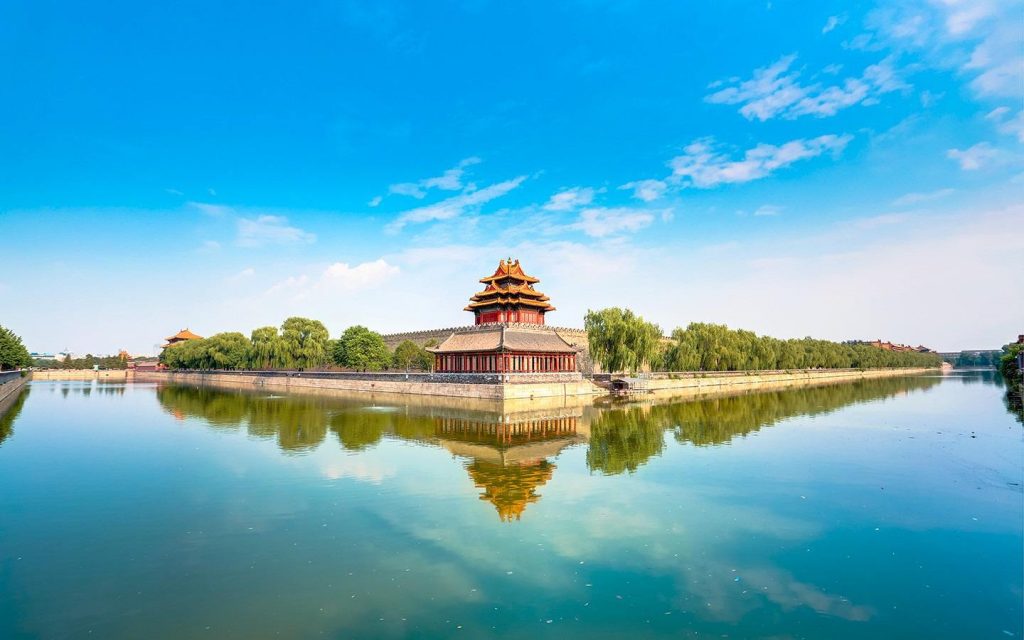
The supremacy of the Forbidden City is also represented by nutbers.In ancient China,”nine”was considered”the highest number on Earth”,and”nine-five”was representative of the supremacy of the monarch.Many buildings in the Palace lMuseum contain the numbers nineand”five in their layout and arrangement.
To support the conception that”the eperor is the incarnation of the Heavenly Dragon,the dragon is the exclusive pattern to represent the eperor.So in the iperial palace,all the buildings,furniture,articles and handicraft bore patterns of the dragon and the phoenix(representing the emperor and the queen).The eperor wore the dragon robe and sat on the dragon chair.On the knob of the eperor’s seal was carved the pattern of dragon.
Mausoleum of the First 0in Emperor
The First Emperor of Qin established the first feudal empire in Chinese history by 221 B.C.According to The Historical Records,he ordered that a magnificent mausoleum be built for him immediately after he ascended the throne.It took 11 years to finish.It is speculated that many buried treasures and sacrificial objects had accompanied the emperor into his afterlife.
The terra cotta legions are located to the east of the First Qin Emperor’s Mausoleum,symbolizing the main defending force that guarded the Qin capital,xianyang.A group of peasants unearthed some potteries while digging for a well nearby the royal tomb in 1974.
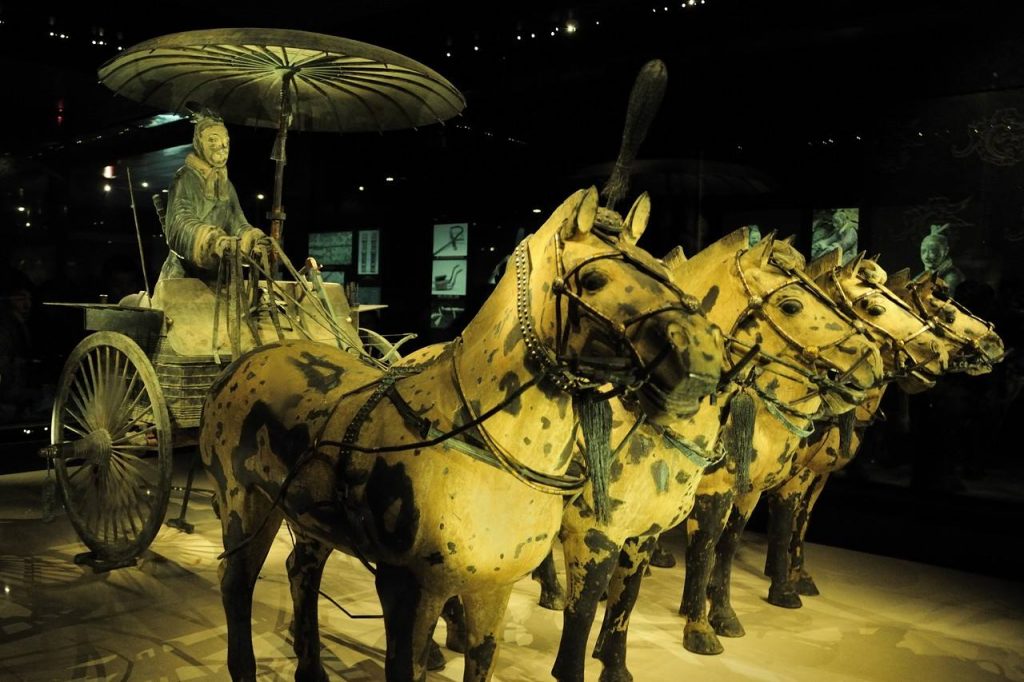
it caught the attention ot archeologists immediately.lhey came to Ai an in cirores to study and to extend the digs.atter-0 years o careful excavation,three underground vaults officially opened to the public respectively in 1979,1989 and 1994,displaying a whole army of thousands of life-sized warriors and their horses of terra cotta and chariots,all arranged in battle formations.This was a thorough revelation of the Qin dynasty military strateey.These terra cotta figures stood in rows in full battle array.
The warriors are made of clay and each has a unique facial expression and posture of its own.They are either standing or kneeling on one knee.When they were uncovered,they had real bronze weapons and wooden chariots.
there are three commandere who wear armor and the reet wear chort batt1e dreecee Sih a formation ie an embodiment af charn alertmece there are three comanders who wear armo
The Mogao Grottoes
After sending a group of specialists to make an inspection,UNESCO concluded that the lMogao Grottoes were among the oldest,the mostsubstantial and the best preserved grotto art locations in the world.Listing the grottoes as a world-class cultural heritage,UNESCO ave a formal testimonial to the chinese govermment in 1091 to this effect According to historical literature,in A.D.336,Monk Le Zun,inspired and guided by Sakyamni,came to Mount Sanwei in today’s Dunhuang.It was dusk and suddenly he saw the amazing spectacle of a myriad of golden lights suffusing the summit of Mount Sanwei as though thousands of Buddhas were manifesting themselves in golden beame of light.He believed that the mountain must be made a sacred place of worship.Thus was born the first cave shrine of Dunhuang.Later another monk followed him and cut the second grotto.The construction of the Mogao Grottoes continued during the dynasties of Sui,Tang,Song,and Yuan.At present there are 492 grottoes left.

with a total area of fresco occupying 45,000 souare meters,and 2,400 colored sculptures.The extant 492 caves preserve more than 2,000color statues and 45,000 square meters of murals.Some scholars liken these urals to a”library on the wall”.In the early 20th century some 50,000 pieces of cultural relics were found in the Scripture-keeping Cave including handwritten documents and more than 1,000pieces of silk painting,graphic painting,embroidery and calligraphy.
Unfortunately,due to the corrupt and impotent governments before the founding of New China,many of the treasures of the Mogao Caves were plundered,mainly by thefts and nfair transactions.
Grottoes in Dunhuang are a national treasure of China and a cultural heritage of the world.In 1962,the State Council put them among China’s first key cultural relics under state protection.
West Lake Cultural Landscape of Hangzhou
The West Lake Cultural Landscape of Hangzhou, comprising the West Lake and the hills surrounding its three sides, has inspired famous poets, scholars and artists since the 9th century. It comprises numerous temples, pagodas, pavilions, gardens and ornamental trees, as we1las causeways and artificial islands.
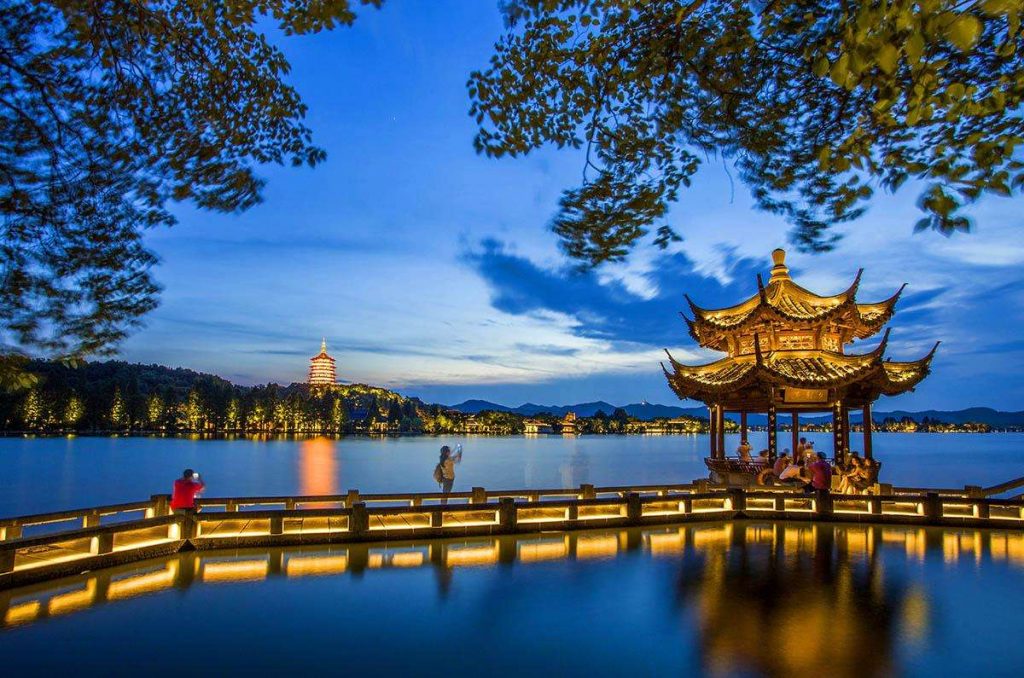
These additions have been made to iprove the landscape west of the city of Hangzhou to the south of the Yangtze river.
The West Lake has influenced garden design in the rest of china as well as Japan and Korea over the centuries and bears an exceptional testimony to the cultural tradition of iproving landscapes to create a series of vistas reflecting an idealised fusion.
